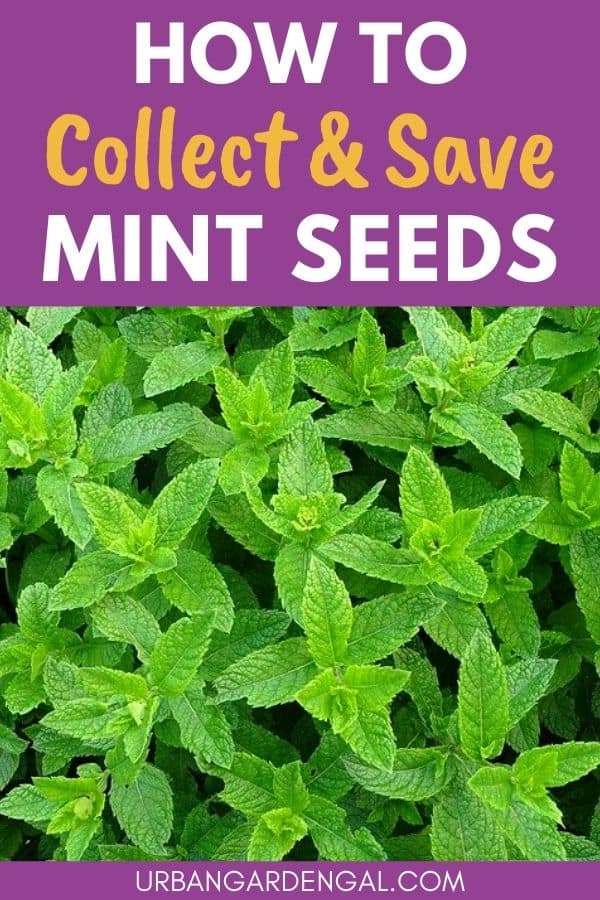

Do not overwater.ĭisclaimer: Toronto Master Gardeners does not advise or recommend herbs for medicinal or health use. Here we would recommend that you grow the mint indoors about a month before the frost clears and the ground warms up. It can be grown in a pot (outdoors in summer and indoors for the winter) where it needs bright light and good drainage. Jamaican bush mint ( Satureja viminea, sometimes Micromeria viminea or Clinopodium vimineum ) is a not a true mint but is a tropical plant with minty-flavoured leaves, used in some Caribbean dishes and herb teas. Control fungal diseases by removing affected shoots and ensuring good air circulation. Mint is sometimes affected by fungal diseases such as mildew or rust. Mint dies back to the ground in the winter. Without trimming, mint can grow to 60 centimetres tall or more. Pick leaves frequently to promote new leaf growth and a compact form. Mint can be harvested any time that growth is apparent. Container-grown plants, whether in-ground or above-ground, will rapidly become root-bound and should then be divided. Mint prefers sun but will tolerate part shade. In the garden, mint should be planted in moderately fertile water-retentive soil and must be kept moist during hot weather. It can be grown from seed, but germination is slow and seeds my not come true, so it is easier and more reliable to propagate it by stem or root cuttings. Mint can be propagated by dividing or rooting stems in moist potting medium. In the garden, grow mint in a completely contained area such as a large container or a bottomless pot or pail buried so its rim is about two centimetres above ground level. time for this generally injurious opera- to the places where they the flowers. Spearmint ( Mentha spicata) and peppermint ( Mentha x piperita) are the most commonly used.Ĭultivation: Mint spreads very easily and can become invasive. While Mentha plants are generally cold hardy, young seedlings are in danger of damage from harsh winter weather in some regions. Some varieties are more popular in cooking though this may, to some extent, be a matter of taste. What You’ll Learn When to Plant Mint Starting Seeds Indoors Sowing in Containers Sowing Seeds Outdoors Transplanting A large part of figuring out the planting process is understanding your regional temperatures. Keep the soil moist and germination will occur in five to ten days and perhaps sooner if the soil is kept warm with a heat mat. You do not need to bury the seeds with soil. The seeds will be tiny, so use care and do not press too hard. There are several different varieties, each with its own flavour. Press the peppermint seeds on the surface of seed starting mix. Mint is grown for its leaves, which are used to make mint teas as well as many cooked dishes. Mint is a perennial herb that is hardy to Zone 5 or lower.


 0 kommentar(er)
0 kommentar(er)
